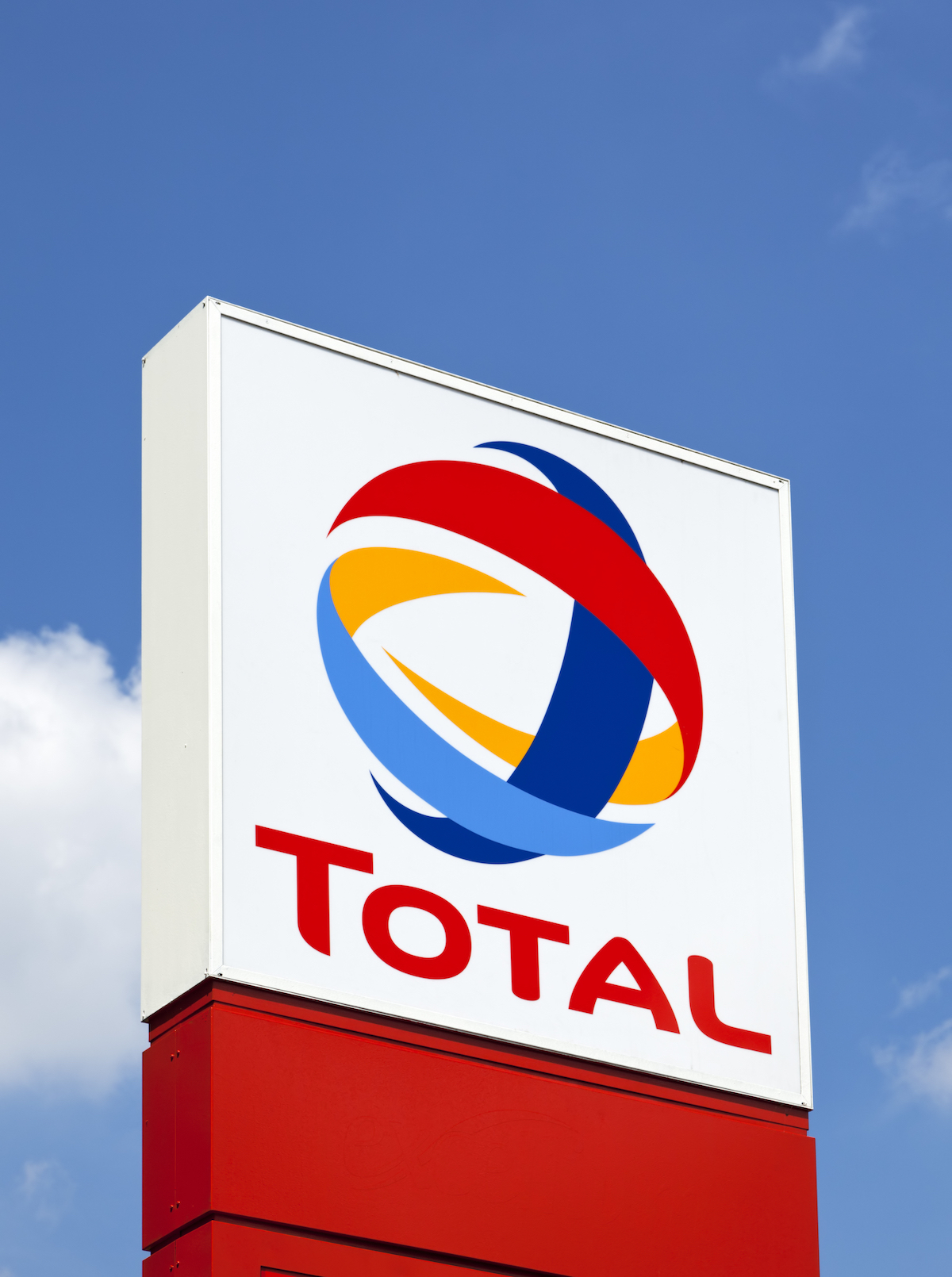Hypoglycemia, or low blood sugar, is a critical condition that requires immediate attention. It occurs when the glucose levels in the blood drop below a certain threshold, typically 70 mg/dL, causing a range of symptoms that can be debilitating and even life-threatening. For individuals with diabetes, hypoglycemia is a common complication of insulin therapy, but it can also affect people without diabetes, particularly those who have certain medical conditions, take specific medications, or engage in strenuous physical activity without adequate nutrition.
The symptoms of hypoglycemia can vary from person to person, but common signs include shakiness, dizziness, sweating, hunger, irritability, confusion, and Rapid heartbeat. If left untreated, hypoglycemia can lead to more severe complications, such as seizures, loss of consciousness, and even death. Therefore, it is crucial to recognize the symptoms of hypoglycemia and take prompt action to raise blood sugar levels.
Understanding Hypoglycemia
To effectively manage hypoglycemia, it is essential to understand its causes. For people with diabetes, hypoglycemia often results from taking too much insulin or oral diabetes medications, skipping meals, or engaging in excessive physical activity. In individuals without diabetes, hypoglycemia can be caused by certain medications, critical illnesses, hormone deficiencies, or excessive alcohol consumption.
Fast Relief Strategies
When experiencing hypoglycemia, the primary goal is to raise blood sugar levels as quickly as possible. Here are some fast relief strategies:
- Consuming Glucose-Rich Foods and Drinks: The most effective way to treat hypoglycemia is by consuming foods or drinks that are high in glucose, such as glucose tablets, glucose gel, fruit juice, regular soda, or candy. These items can help raise blood sugar levels rapidly.
- Eating a Snack: After consuming a glucose-rich food or drink, it is recommended to eat a snack that includes protein and complex carbohydrates, such as crackers with peanut butter or cheese, to help maintain blood sugar levels.
- Use of Glucagon: In severe cases of hypoglycemia where the individual is unconscious or unable to take anything by mouth, glucagon can be administered via injection. Glucagon is a hormone that raises blood sugar levels by stimulating the liver to release stored glucose into the bloodstream.
Preventive Measures
While it is crucial to know how to treat hypoglycemia, preventing its occurrence is equally important. Here are some preventive measures:
- Monitoring Blood Sugar Levels: Regularly checking blood sugar levels, especially before meals, before and after exercise, and at bedtime, can help identify any significant drops and allow for early intervention.
- Eating Regular Meals: Skipping meals can lead to hypoglycemia. Eating regular, balanced meals that include protein, healthy fats, and complex carbohydrates can help maintain stable blood sugar levels.
- Adjusting Medication: For individuals with diabetes, working with a healthcare provider to adjust medication doses based on factors like diet, exercise, and glucose monitoring results can help prevent hypoglycemia.
- Carrying Hypoglycemia Supplies: Always carrying supplies like glucose tablets or gel, and wearing a medical alert necklace or bracelet, can ensure prompt treatment in case of an emergency.
Living with Hypoglycemia
For many individuals, hypoglycemia is a recurring issue that requires ongoing management. This includes not only treating episodes of low blood sugar but also adopting a lifestyle that minimizes their occurrence. Managing stress, staying hydrated, and being aware of the signs of hypoglycemia can all contribute to better overall health.
Expert Insights
According to healthcare professionals, early recognition and treatment of hypoglycemia are critical. They recommend that individuals at risk of hypoglycemia educate their family and friends on how to recognize the symptoms and provide assistance when needed. Additionally, maintaining open communication with a healthcare provider about any changes in medication, diet, or physical activity can help in preventing hypoglycemia.
Advanced Strategies for Managing Hypoglycemia
In recent years, technology has played an increasingly important role in managing hypoglycemia. Continuous glucose monitors (CGMs) and insulin pumps can provide real-time data on blood sugar levels, enabling individuals to make more informed decisions about their diabetes management. Furthermore, mobile apps designed to track food intake, physical activity, and medication adherence can offer personalized insights and alerts to help prevent hypoglycemia.
Addressing Common Misconceptions
There are several misconceptions about hypoglycemia that can hinder effective management. One common myth is that only individuals with diabetes can experience hypoglycemia. However, as mentioned earlier, anyone can develop hypoglycemia due to various factors. Another misconception is that eating too much sugar can prevent hypoglycemia, which is not accurate. Consuming excessive sugar can lead to a rapid spike in blood sugar followed by a crash, potentially causing hypoglycemia.
The Role of Nutrition
Nutrition plays a vital role in managing hypoglycemia. Understanding how different foods affect blood sugar levels is crucial. Foods with a high glycemic index (GI) cause a more rapid increase in blood sugar levels compared to foods with a low GI. Incorporating foods with a low GI, such as whole grains, fruits, and vegetables, into meals can help maintain more stable blood sugar levels.
Future Directions in Hypoglycemia Management
Research into hypoglycemia management is ongoing, with a focus on developing more sophisticated technologies and therapeutic strategies. The development of closed-loop systems, also known as artificial pancreas systems, which automatically adjust insulin doses based on real-time glucose levels, holds promise for more effective prevention and treatment of hypoglycemia.
Practical Applications for Everyday Life
For individuals who experience hypoglycemia, practical knowledge of how to manage and prevent episodes is essential. This includes learning how to count carbohydrates, understanding portion sizes, and being aware of how different types of exercise affect blood sugar levels. Additionally, carrying a hypoglycemia emergency kit that includes supplies like glucose tablets, a glucagon kit, and a list of emergency contact numbers can provide peace of mind and ensure readiness in case of an emergency.
How can I quickly raise my blood sugar if I'm experiencing hypoglycemia?
+To quickly raise blood sugar levels, consume 15-20 grams of glucose-rich foods or drinks, such as glucose tablets, juice, or regular soda, and then follow up with a snack that includes protein and complex carbohydrates.
Can hypoglycemia occur in people without diabetes?
+How can I prevent hypoglycemia?
+Preventing hypoglycemia involves regularly monitoring blood sugar levels, eating balanced meals, adjusting medication as needed, carrying hypoglycemia supplies, and being aware of the signs and symptoms of low blood sugar.
What is the role of glucagon in treating severe hypoglycemia?
+Glucagon is a hormone that can be administered via injection to raise blood sugar levels in cases of severe hypoglycemia when the individual is unable to take glucose by mouth. It stimulates the liver to release stored glucose into the bloodstream.
In conclusion, managing hypoglycemia effectively requires a comprehensive approach that includes understanding its causes, recognizing its symptoms, and knowing how to treat it promptly. By adopting preventive measures, utilizing advanced technologies, and staying informed about the latest research and therapeutic strategies, individuals can better manage hypoglycemia and improve their overall quality of life. Remember, awareness and preparedness are key to living safely and healthily with the risk of hypoglycemia.


